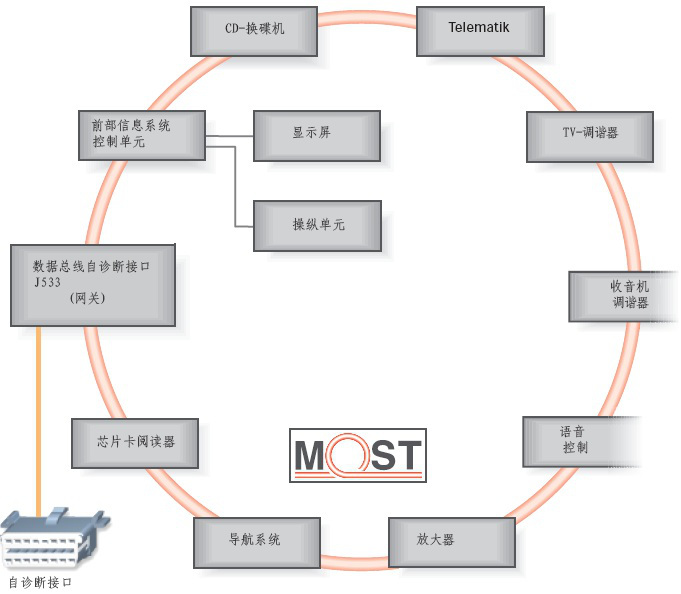 题目内容
(请给出正确答案)
题目内容
(请给出正确答案)
All cultures have some system of measuring duration, or keeping time, but in Western indus
Although our perceptions of time seem natural to us, we must not assume that other cultures operate on the same time system. For instance, why should we assume that a Hopi raised in the Hopi culture would have the same intuitions about time that we have? In Hopi history, if records had been written, we would find a different set of cultural and environmental influences working together. The Hopi people are a peaceful agricultural society isolated by geographic feature and nomad enemies in a land of little rainfall. Their agriculture is successful only by the greatest perseverance. Extensive preparations are needed to ensure crop growth. Thus the Hopi value persistence and repetition in activity. They have a sense of the cumulative value of numerous, small, repeated movements, for to them such movements are not wasted but are stored up to make changes in later events. The Hopi have no intuition of time as motion, as a smooth flowing line on which everything in the universe proceeds at an equal rate away from a past, through a present, into a foreseeable future.
Long and careful study of the Hopi language has revealed that it contains no words, grammatical forms, constructions, or expressions that refer to what we call time-the past, present, or future-or to the duration or lasting aspect of time. To the Hopi, "time" is a "getting later" of everything that has been done, so that past and present merge together. The Hopi do not speak, as we do in English, of a "new day" or "another day" coming every twenty-four hours; among the Hopi, the return of the day is like the return of a person, a little older but with all the characteristics of yesterday. This Hopi conception, with its emphasis on the repetitive aspect of time rather than its onward flow, may be clearly seen in their ritual dances for rain and good crops, in which the basic step is a short, quick stamping of the foot repeated thousands of times, hour after hour.
Of course, the American conception of time is significantly different from that of the Hopi. Americans' understanding of time is typical of Western cultures in general and industrialized societies in particular. Americans view time as a commodity, as a "thing" that can be saved, spent, or wasted. We budget our time as we budget our money. We even say, "Time is money", We are concerned in America with being "on time"; We don't like to "waste" time by waiting for someone who is late or by repeating information; and we like to "spend" time wisely by keeping busy. These statements all sound natural to a North American. In fact, we think, how could it be otherwise? It is difficult for us not to be irritated by the apparent carelessness about time in other cultures. For example, individuals in other countries frequently turn up an hour or more late for an appointment-although "being late" is at least within our cultural framework. For instance, how can we begin to enter the cultural world of the Sioux, in which there is no word for "late" or "waiting". Of course, the fact is that we have not had to enter the Sioux culture; the Sioux have had to enter ours. It is only when we participate in other cultures on their terms that we can begin to see the cultural patterning of time.
From the passage, the Hopi have no intuition of time as motion because ______.
A.their way of living depends greatly on perseverance and repetition
B.they think it necessary to invent their own perception of time
C.their language does not contain words referring to motion
D.they think everything should proceed in a linear way
 简答题官方参考答案
(由简答题聘请的专业题库老师提供的解答)
简答题官方参考答案
(由简答题聘请的专业题库老师提供的解答)


































